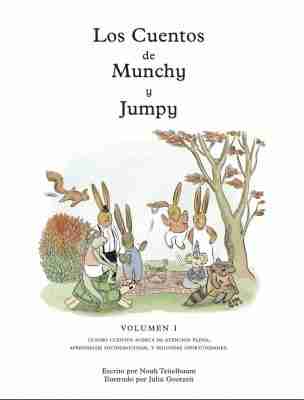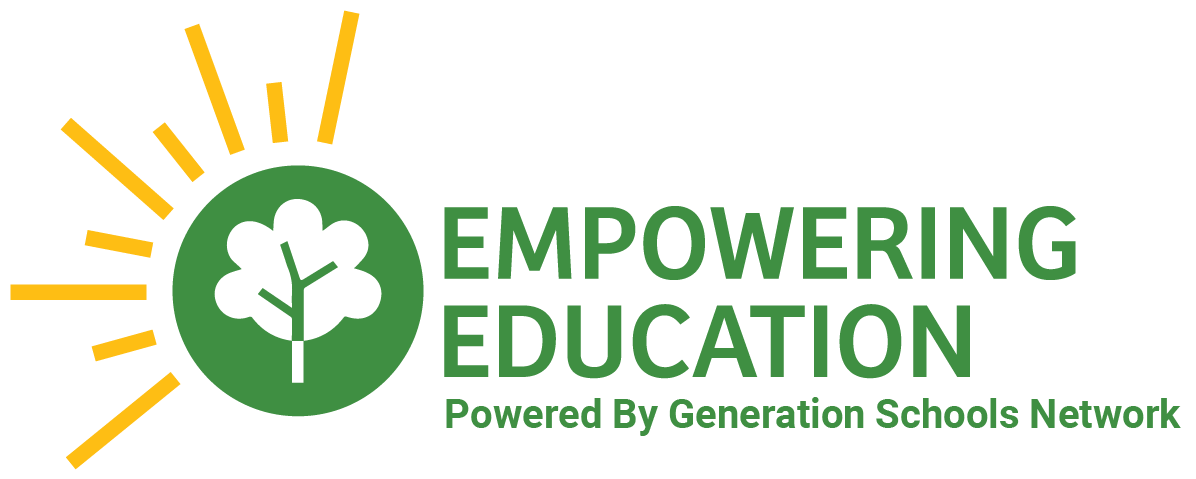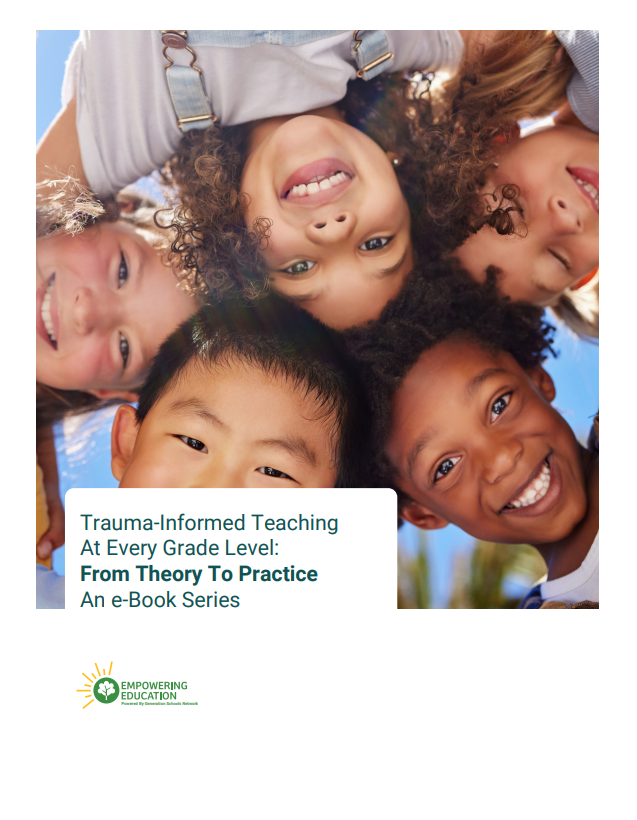The Need for Dual Language Resources in Schools
Over ten percent of students in the US are English Language Learners (ELL). ELLs are students who come from non-English speaking homes and who are learning English as an additional language. Out of this ten percent, the majority of ELLs are Spanish-speaking.
With 12 million bilingual Spanish speakers in the US, there is a need for Spanish resources in schools. That is why our program is a dual-language curriculum. This means 100% of our curriculum is available in English and in Spanish. You heard that right, everything is in Spanish and English!
Lea los Cuentos de Aprendizaje Socioemocional en Español
Nuestros cuentos de atención plena están disponibles en español.

Across the country, schools are lacking in Spanish resources. Most one-size-fits-all curricula are only in English. This can result in many negative outcomes for both the teacher and students. For example, teachers' perceptions of students may become biased. Negative thinking may emerge from teachers believing that ELLs are not learning. When this happens, teachers often "water down" their teaching.
Our students are smart. They see the teacher treating them differently than their native English-speaking peers. This feeling of being an "other" can result in ELL having a lower level of engagement. Additionally, teachers do not have any extra time in their days. So having teachers translate materials and lessons on their own is very time-consuming. In these situations, teachers may simply not having the time to do so.
With 12 million bilingual Spanish speakers in the US, there is a need for Spanish resources in schools. That is why our program is a dual language curriculum. This means 100% of our curriculum is available in English and in Spanish. You heard that right, everything is in Spanish and English!
Dual Languages as an Asset, Not a Deficit
English-only education prioritizes English as the main language. This can lead to viewing being bilingual as a deficit. In the past, being bilingual in school was seen as an interference with learning. But, the research now shows this is completely false. Bilingual students do better than monolingual students in nearly all education content areas.
Over the decades of education research, there has been some controversy around language in the classroom. Yet, research finds when teachers bring in different languages, English grammar and vocabulary may improve. Further, classroom relationships have been found to strengthen.
Bilingual programs are effective because they promote cognitive growth. Research has shown that dual language instruction leads to positive and long-term benefits. A few examples include literacy skills improving, narrowing the achievement gap, and higher graduation rates.

So what is dual language instruction?
Dual language programs look different from school to school. The main goal of most is to build literacy and proficiency in more than one language. Some programs start with young students only using their native language. After mastering their native language, they transition into English instruction. Dual language classrooms are more effective than traditional ESL classrooms where students are only taught in English.
Using the Empowering Minds program as a dual language curriculum is simple. Every lesson, worksheet, parent resource, etc. is available in English and in Spanish. Teachers using our program are able to teach all students, no matter their language. Through the use of our Spanish and English resources teachers can connect with students, parents, and the community.
Try out our dual language resources today by signing up for our free trial!
Try Our Free Lesson
Empowering Education free trial offers full lesson plans for teachers.






